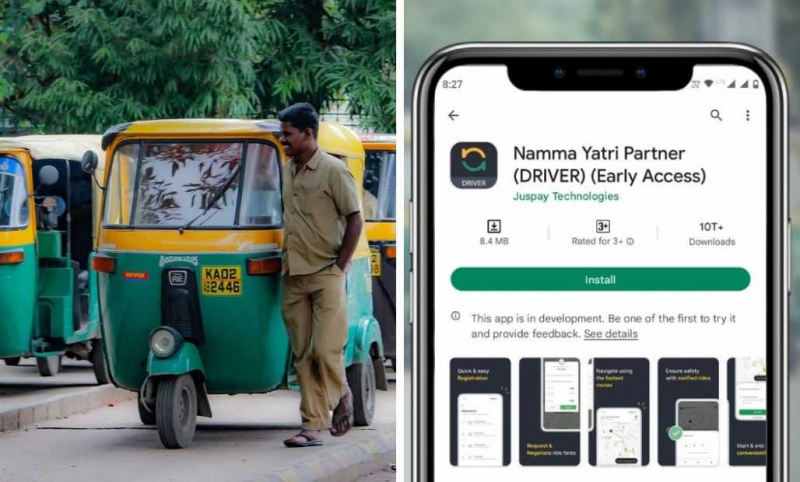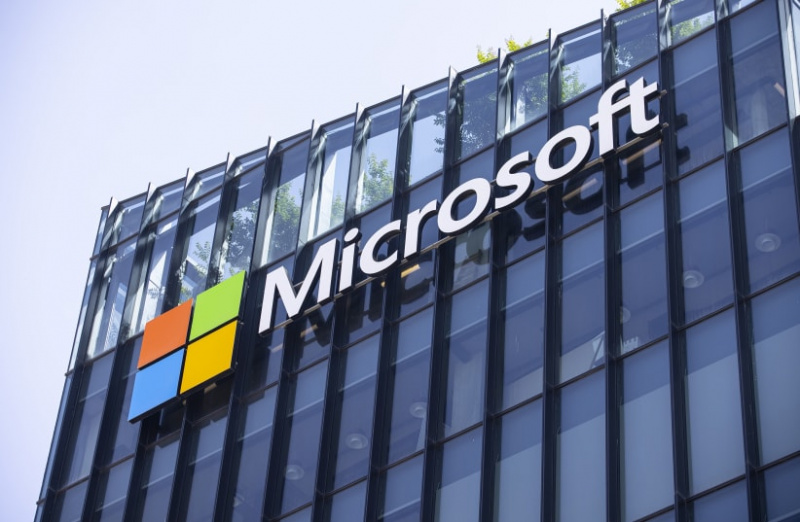The Next Big Move for E-Commerce Brands: Brick-and-Mortar Retail
Digital commerce has gone further than “purchasing something through a website” to a sequence of communications that depend on technology to turns goods.
- by Supriti Chatterjee 2019-10-07 07:32:19
Today, eCommerce or even digital impacts augments up to 56% of in-store buying, whereas eCommerce itself signifies just about 10% of U.S. retail sales and that number is rising by almost 15% yearly.
Digital commerce has gone further than “purchasing something through a website” to a sequence of communications that depend on technology to turns goods.
As these statistics recommend, stores can no extend persist without being specified on their consumers’ desired networks; stores have to fully incorporate digital commerce in order to flourish. In the same way, B2B is approaching the eCommerce sloping point and commotion will become more common in 2018.
You Might Also Like To Read Amazon to sell Insurance
As one of North America’s top eCommerce organizations with retail and B2B clients like Fujifilm, Structube, Grimco, Stokes, Garneau, La Vie en Rose, Birks, and SAIL – are a few names – Absolunet has an obverse row seat when it approaches eCommerce trends. Here are a few eCommerce trends to watch for in 2018—imperative expansions that corporations have to take into account to make sure their online and in-store sales development.
Shop Retail is not disappearing, but a throbbing revolution has started
Brick and mortar experiences – physical, on-site communications – are most vital than always. Dealers will have to expert the permutation of showrooming and web rooming, events, product demos, in-store experiences and lots more.
Online (“pureplay”) dealers will cultivate their physical footmark as customers remain to set a premium on both the adaptability and gravity of online shopping and the ease of purchasing, choosing and returning products locally.
Brick and mortar troupes will digitize their physical groundwork and begin progressing out new store traits and layouts based on consumer experience and accessibility, with a robust digital aroma.
Online men's clothing brand Frank And Oak has opened 16 physical stores in North America. The in-store experience comprises the finest coffee and barbershop services.
Nordstrom has opened a 3,000 sq/ft store without any product in order to emphasis on services and best brand experience such as tailoring, try-one, stylists and many more, comprising fresh juice and manicures. The space duos as a pickup and return point for online buying.
Online box-cushion inventor Casper has opened 15 pop-up shops in towns all over the US in 2017.
Portland’s Velo Cult outshines in a town with 80 bike stores by combining culture with retail. They hold an assortment of new, bespoke and vintage bicycles, provide at least 12 craft cocktails on tap, roast and provide coffee on site and have a step for the local musical group.
Home Depot makes $5 Billion online; however its main concern continues a stellar store experience. Stores and staff assistance the consumer trip for both DIY homeowners and expert workers.
The IRL (In Real Life) pop-up shop in Chicago’s Water Tower Place is a store for online-only brands to show their products.
Iconic Canadian parka brand Kanuk‘s exceptional in-store experience comprises a -25ËšC (-13ËšF) cold room to check jackets in real wintertime situations.
The Commotion of B2B eCommerce
The ideal tempest is around to stroke the just about 1 Trillion $ B2B eCommerce segment.
Transforming B2B Consumers’ expectations are shoving the requirement for B2C-like functionalities, at present where B2B investment in commerce ability is the main concern for the popularity of B2B CEOs. The development of the digital-savvy visionary personnel, mobile ubiquity and persistent optimization of eCommerce technology are pushing the hand and speed of the traditionally slow-moving B2B segment.
Marketplace behemoths Amazon and Alibaba have become the “Google of shopping” in various B2B surroundings and are obscuring the shapes between B2B and B2C.
In October 2017, Amazon hurled Business Prime shipping, a paid yearly affiliation program for businesses in the US and Germany.
Amazon business has accumulated over 1 million “Amazon Supply” subscribers in 5 years.
Amazon Business, the market where Amazon syndicates over 30,000 sellers (and itself), had $1 Billion in sales in its first year and is rising 20% per month
Alibaba produces 80% of all online sales in China (yes, 80%) and is, at its core, a B2B site for joining Western businesses and Chinese industrialists.
Most of B2B customers and buyers will get experience their first frictionless, B2C-like buying and ordering experience in 2018 as they carry on transitioning their product detection and purchasing performances to online and mobile. The whole thing from print lists to sales calls are being substituted by a digital-first discovery procedure and a purchaser-centric, streamlined ordering procedure.
This easiness of ordering/easy-to-do-business-with communication will promote to augmented ordering and share of the budget for the salespersons that set the buyer at the core of the buying experience, an experience that appeals its design from the modules learned from 20 years of B2C and retail eCommerce.
POPULAR POSTS
Top 5 Government Business Loan Schemes in India
by B2B Desk, 2024-04-19 11:23:17
Nestle's potential regulatory trouble in India over sugar issue; brand clarifies
by B2B Desk, 2024-04-19 08:53:55
Ibotta, supported by Walmart, aims for a valuation of up to $2.7 billion in its upcoming US IPO
by B2B Desk, 2024-04-18 08:52:37
Recognizing Signs of Loan Scams and How to Steer Clear of Them
by B2B Desk, 2024-04-17 08:43:48
LightFury Games secured a funding of $8.5 million from Blume Ventures and other investors
by B2B Desk, 2024-04-17 11:44:47
Zomato introduces 'large order fleet' for group orders
by B2B Desk, 2024-04-17 09:41:58
Wow! Momo gets Rs 70 crore investment from Z3Partners in its latest funding round
by B2B Desk, 2024-04-17 10:41:29
RECENTLY PUBLISHED

"Ola, Uber challenger Namma Yatri is in discussions to raise $10-15 million in its debut funding round."
- by B2B Desk, 2024-04-18 09:31:53

Beginner's Guide: Getting Started with Stock Market Investing, Step by Step
- by B2B Desk, 2024-04-18 07:36:20

Microsoft is set to invest $1.5 billion in the Emirati AI company G4
- by B2B Desk, 2024-04-16 09:11:46

Indian Railways plans to use technology to solve the biggest issues passengers face
- by B2B Desk, 2024-04-16 07:31:13




 Subscribe now
Subscribe now 